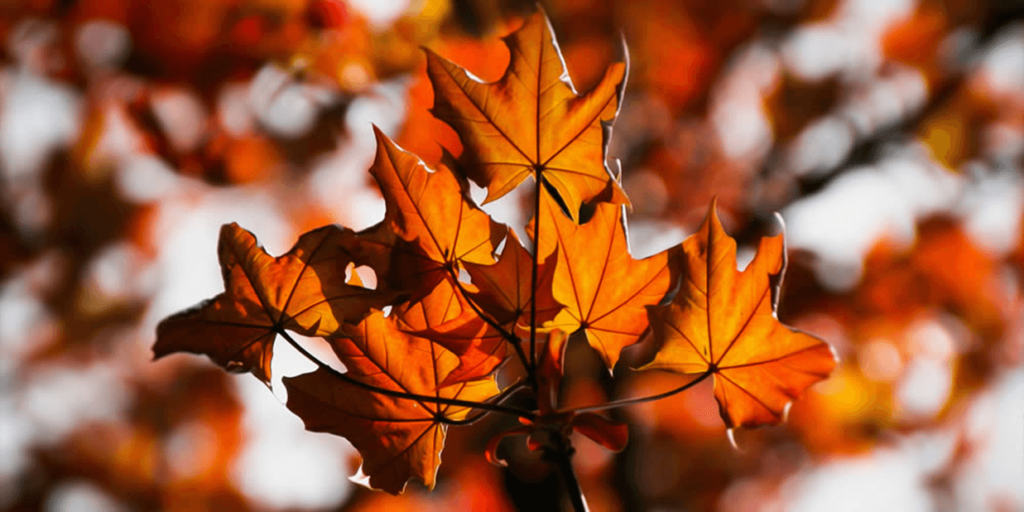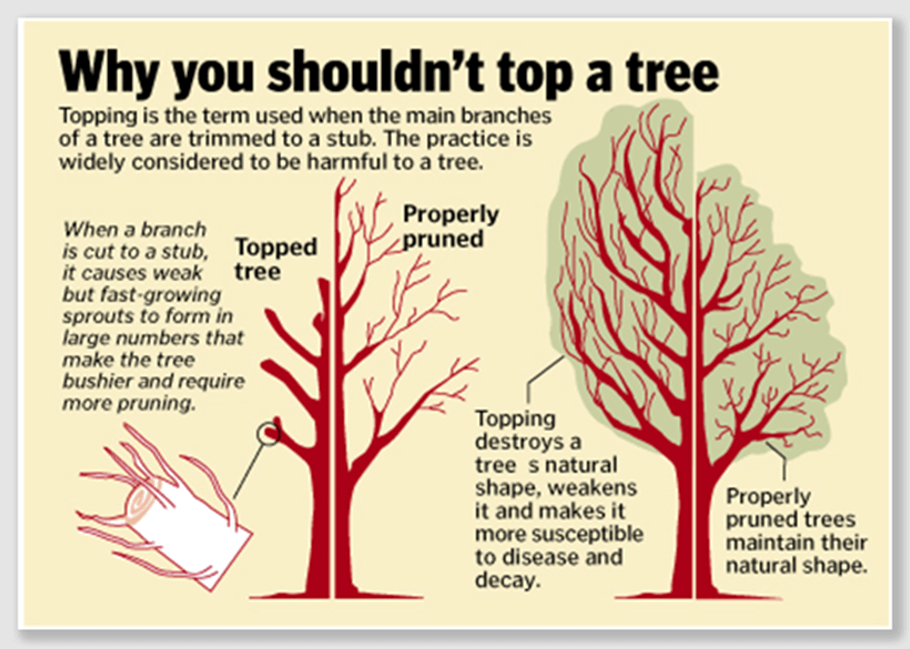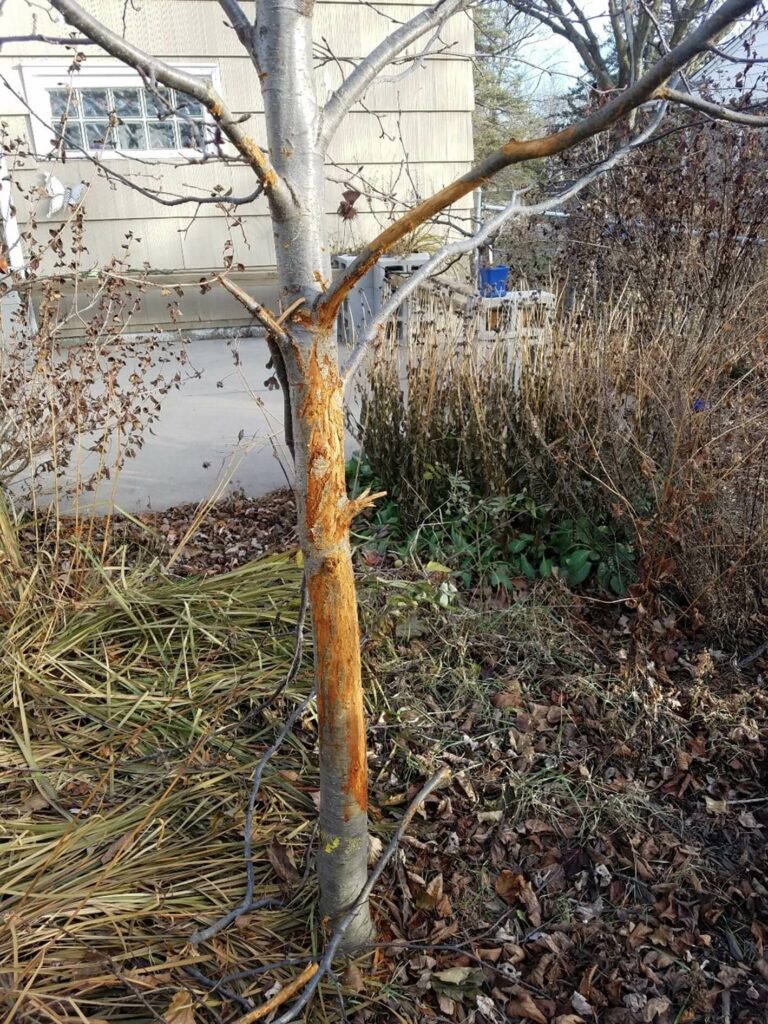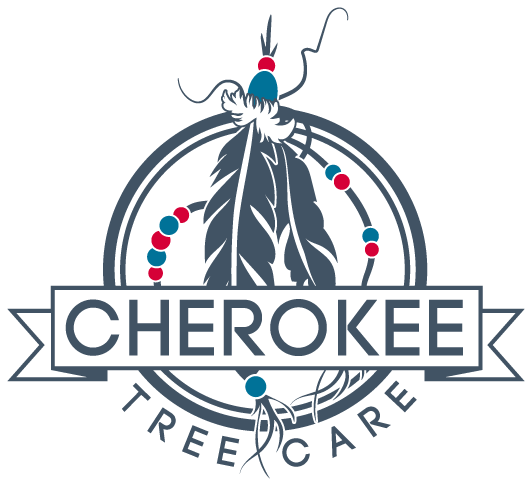The leaves are changing colors and soon, the trees will be bare again. Fall is a time for trees to start winding down into dormancy for a period of rest. In this fall newsletter, we will discuss fall versus spring fertilization, proper pruning, and what to do to protect your trees from wildlife.
Fall vs Spring Fertilization

Is fall a good time to fertilize your trees? The answer to that question is completely dependent on the products you are using. Your typical fertilizer mixture will have a mixture of NPK (Nitrogen, Phosphorus, and Potassium) which will help push out new growth. We recommend waiting to use a Nitrogen fertilizer for spring when new growth is encouraged. If you are a DIYer, most of the fertilizers you find at the home and garden store will be in this category, so you should wait until spring to do your own fertilizing.
However, as a tree care company, we have researched the products available to us and have found a great mixture for our fall fertilization. We use a blend of two products that are great for soil conditioning and root growth. Together, they add beneficial bacteria and fungi to the soil, promote root growth and enhance overall general conditions, increase nutrient uptake, improve soil structure, and add micronutrients to your trees. Using these products in the fall is a great way to enhance your tree’s roots and the soil around the root zone.
In the spring, we use different products for fertilization that will help push out new growth and enhance overall plant processes using necessary macronutrients. Not all trees need fertilization, but yours may benefit from fall fertilization, spring fertilization, or both. Give us a call today to see how your trees may benefit from our fertilization services.
Proper Pruning
As fall rolls around, our phones begin ringing more with pruning questions. It is a common misconception that trees should only be pruned in the fall, when in reality, most trees can be pruned any time of year as long as we make proper pruning cuts and take no more than 25% of the foliage off at a time. The only trees that shouldn’t be pruned during the growing season are Oaks and Elms, to avoid diseases that are transmitted through open wounds during the months of March through July.
Some of the requests we get from callers are topping trees, shaping their trees, or just wanting them “evened up”. In this section of our newsletter, we will discuss why these requests are not proper pruning practices for your trees.

Tree topping was once a very common practice within tree pruning services. We understand some customers are concerned with their trees becoming too large and there is a belief that cutting the limbs way back will help mitigate potential hazards. On the contrary, this practice will harm the structure and health of your trees. The leaf is the food factory of the tree, and when more than 25% of the foliage is removed from a tree during pruning, it severely stresses the tree.
The reaction of the tree is to try to push out as much new growth as possible to compensate for the loss of foliage. The quick-growing limbs are called “water sprouts” and are weak branches that are more prone to breakage. Alternatively, with proper pruning practices, we can reduce limb weight without stressing the tree by removing excess foliage.
“Shaping” your trees or having them “evened up” sounds like a good idea to our symmetrical, manicured landscape dreams, but we must remember that there’s not much in nature that is naturally symmetrical. Trees are a part of nature, and each tree is unique in shape and form. Our goal with pruning is to do what is right for the tree and will provide health and longevity of life. Our focus will be on improving the tree’s structure, removing deadwood, or removing broken limbs and stubs.
If you are interested in proper pruning that will encourage the health of your trees, give your arborist a call.
Trees and Wildlife
Trees and wildlife go hand in hand. Trees can provide food and shelter for wild birds and animals. Some have landscapes intentionally to attract wildlife. But what do you do when the wildlife becomes damaging to your landscape trees?
In this section of our fall newsletter, we will discuss the damage that can occur from animals such as deer, and how to protect your trees from such damage.
All of our deer hunting subscribers know that deer are very active this time of year. With the deer rut, we find more deer in populated areas than usual. Some of our trees and landscape plants are more prone to damage from wildlife. Between feeding and rubbing, deer can cause severe damage or even kill landscape plants.

Prevention is the best protection. Young trees with small diameter trunks are susceptible to antler rubbing shown in the photo above. To deter this, we recommend adding wire or mesh fencing around young trees for protection. Using fishing line wrapped around posts outside of the tree trunk is a less obvious form of protection that will discourage wildlife damage. Some repellents that may be effective in scaring off deer due to the odor are human or pet hair, perfumed soaps, and mothballs.
Favored plants of our fawn friends include Hostas, Daylilies, Roses, Rhododendrons, Azaleas, Pansies, Euonymus, Tulips, Arborvitaes, Hydrangeas, Yews, and many others. Planting resistant species in your landscapes can help in preventing damage.
If your trees or shrubs have had damage by wildlife give us a call to inspect and determine if anything can be done to mitigate stress.

